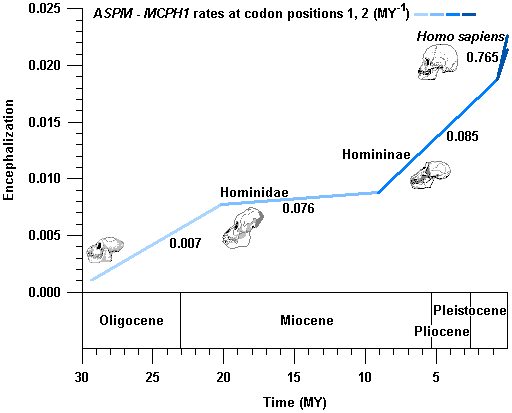Aaron D. Dyer, Aaron R.H. LeBlanc, Michael R. Doschak, Philip J. Currie
Recent studies have identified numerous pathologies in the cranial domes of pachycephalosaurid dinosaurs. These studies utilized CT images of domes to identify secondary woven bone and sclerosis associated with the pathologies. These features were critical for diagnosing post-traumatic osteomyelitis, which supported the head-butting behaviour hypothesis. However, conventional CT image resolution may not be sufficient to identify secondary woven bone or sclerotic bone in fossil specimens. UALVP 8504 (cf. Foraminacephale brevis), a dome possessing putative bone lesions, was thin-sectioned and micro-CT scanned. Thin sections revealed the lesions are lytic, without any secondary woven bone or sclerosis, falsifying the diagnosis of osteomyelitis. The morphology and histology of the lesions of UALVP 8504 are not diagnostic and resemble both post-traumatic and non-traumatic lesions. However, UALVP 8504 possesses shifted vascular canals (repositioning via remodeling, which maintains anatomical position throughout ontogeny) that are decoupled from growth (), and drifting osteons (secondary osteons where resorption occurs longitudinally and transversely). These demonstrate that the dome has sustained external mechanical loading, likely resulting from an impact or multiple impacts, consistent with the head-butting hypothesis. These impacts may have damaged overlying soft tissues and formed the lesions along the surface. Therefore, we suspect that the pathologies in UALVP 8504 are post-traumatic.








